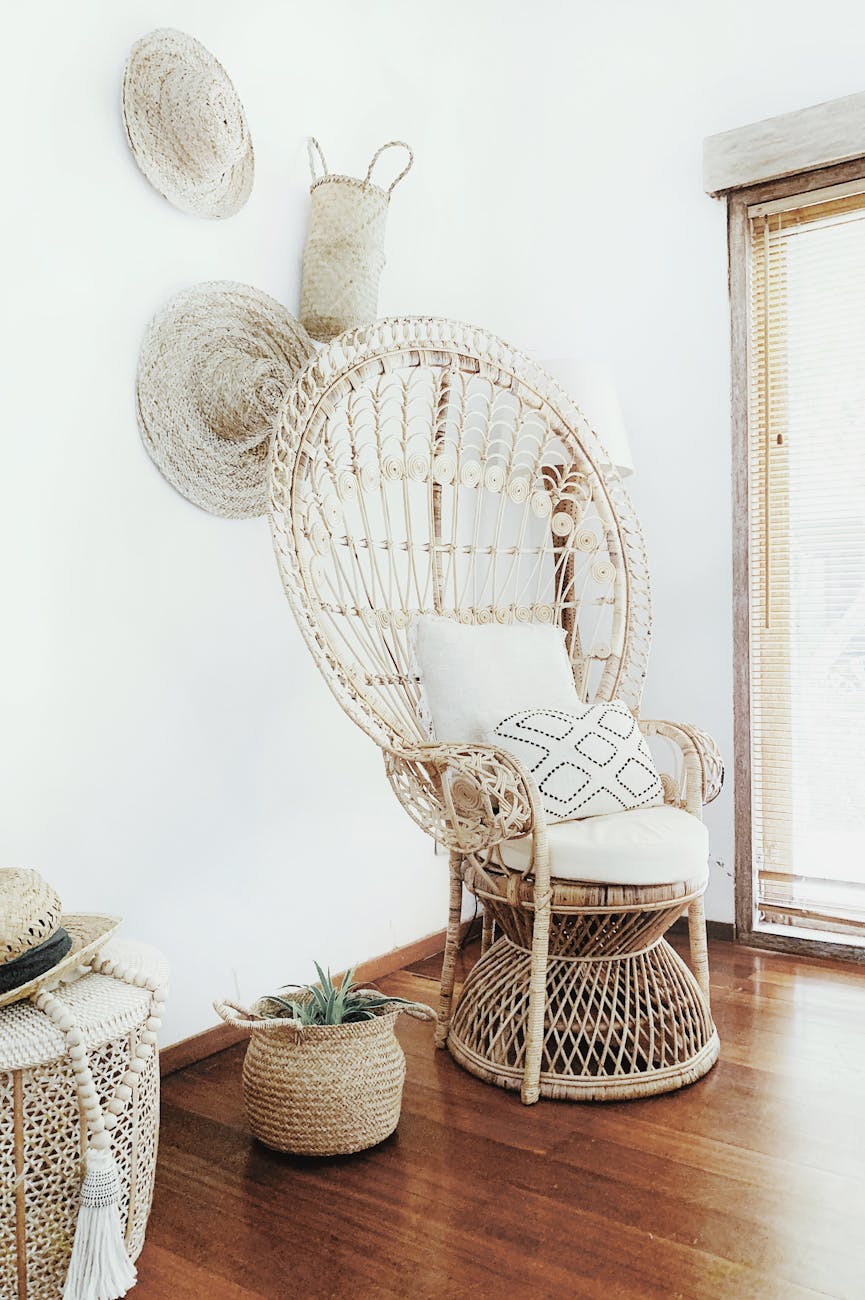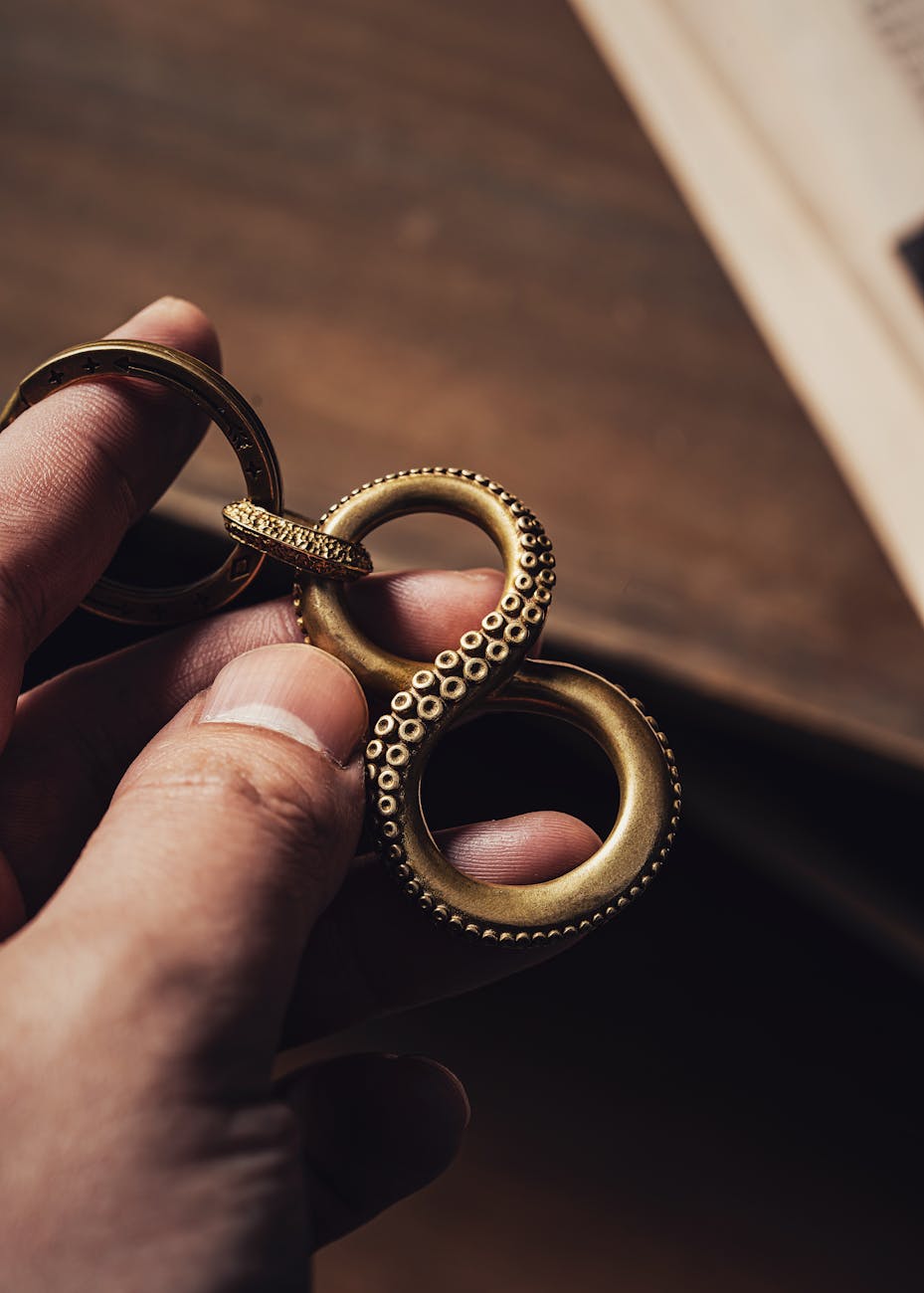The Complete Guide to Lamp Materials: Wood, Metal, Ceramic
Lamps do far more than merely illuminate our homes; they also serve as essential decorative elements that can define the aesthetic of any space. When choosing a lamp, one of the most important considerations is the material used in its construction. Wood, metal, and ceramic are among the most popular materials, each offering unique benefits and aesthetic appeals. In this comprehensive guide, we will explore the features, advantages, and considerations associated with these materials to help you make an informed choice.
Wooden Lamps
Wood has been a staple material in furniture and decor for centuries, and its warm, natural aesthetic makes it a popular choice for lamps as well. Wooden lamps can range from rustic to modern, offering versatility that can complement nearly any decor style.
- Aesthetic Appeal: Wooden lamps bring warmth and organic texture to a room. They are perfect for creating a cozy, inviting atmosphere.
- Durability: Solid hardwoods like oak or walnut are known for their strength and longevity, ensuring that your lamp will endure over time.
- Eco-Friendly Option: When sourced responsibly, wood is a renewable resource. Many manufacturers offer products made from reclaimed or FSC-certified wood.
- Customization: Wood is easy to carve, allowing for personalized designs and intricate details.
Metal Lamps
For a sleek, modern look, metal lamps are an excellent choice. Known for their durability and sophisticated appeal, metal lamps can seamlessly fit into contemporary and industrial decor settings.
- Versatile Styles: Metal lamps come in a variety of finishes, including polished chrome, brushed nickel, and antique brass, allowing for diverse style expressions.
- Strength and Stability: Metal offers robustness that other materials simply can’t match, making these lamps a long-lasting choice.
- Low Maintenance: Metal lamps are generally easy to clean and maintain, often requiring just a simple wipe down to keep them looking new.
- Heat Resistance: Metal is highly resistant to heat, making it a safe option for lamp construction.
Ceramic Lamps
Ceramic lamps bring an artistic flair to any room. Known for their diversity in shape, color, and finish, ceramic lamps can function as statement pieces that add character and individuality to your space.
- Artistic Freedom: Ceramic lamps can be molded into any shape and glazed in a variety of colors, providing limitless design possibilities.
- Thermal Stability: Ceramic is very stable and tolerates high temperatures, making it safe for prolonged use.
- Versatile Finishes: From matte to glossy, ceramic lamps can feature different finishes to match the interior design style.
- Handcrafted Options: Many ceramic lamps are handmade, offering a unique, artisanal touch that is hard to replicate with mass production.
Choosing the Right Material for Your Space
The choice of lamp material often comes down to personal preference and the specific needs of your space. Here are a few questions to guide your decision-making process:
- What room is the lamp intended for? Consider the lamp’s location and the room’s overall design theme. Wooden lamps might suit a living room or bedroom, while metal is often preferred in kitchens or bathrooms.
- What is your style preference? Your style will greatly influence the choice of material. Do you prefer the natural look of wood, the sleekness of metal, or the artistic qualities of ceramic?
- What is your budget? Different materials can vary widely in price. Consider how much you are willing to spend for the desired quality and aesthetic.
- How important is sustainability to you? If being eco-friendly is a priority, look for lamps made from sustainable materials, such as reclaimed wood or recycled metals.
Ultimately, whether you choose wood, metal, or ceramic, the right lamp can transform your space by adding both light and personality. Whichever material you select, make sure it aligns with your design goals and practical considerations.





